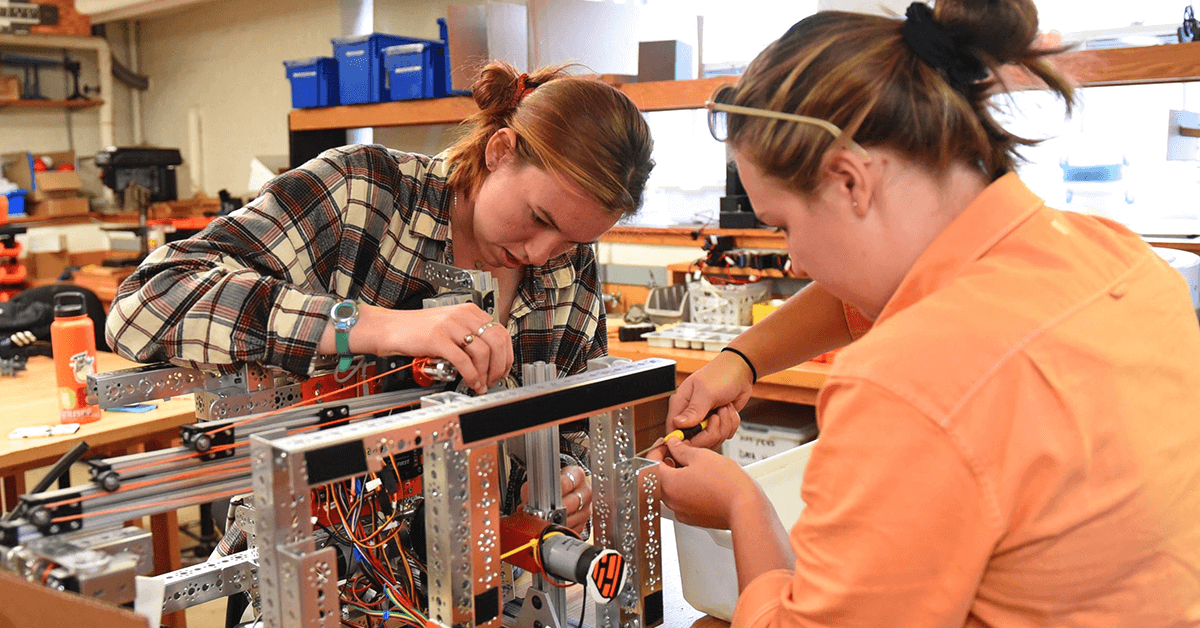April 20, 2023
After a two-hour drive due north from the Hartford, CT, area, one exits the highway and winds through the hills to Saxton’s River, VT, the home of Vermont Academy for the past 147 years. Many well-established independent schools embrace a narrative of evolving from a traditional boarding school to a more modern and innovative school that preserves their most treasured traditions, and the more they strive to be unique, the more similar their story is to that of their peers. Notably, that’s not the case for Vermont Academy. Their mission statement is simple, brief, and crystal clear. Rather than the puffed-up promises that graduates will become paragons of human perfection, Vermont Academy creates “a nurturing home that inspires trailblazers to advance our world.”
I’ll use the mission statement to characterize the school. The facts and figures are all on their website, so I’ll focus on what I learned while visiting. I’ll talk about creating a nurturing home, sparking inspiration, and developing trailblazers to advance our world.
A Nurturing Home
Yes, I can hear you telling me that all independent schools nurture—a key quality that justifies the price of admission. I agree, but there’s nurturing and…


